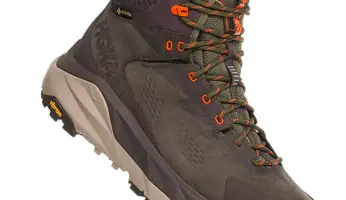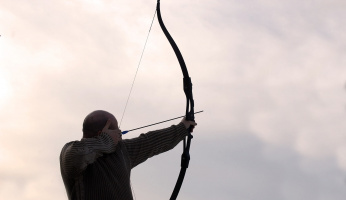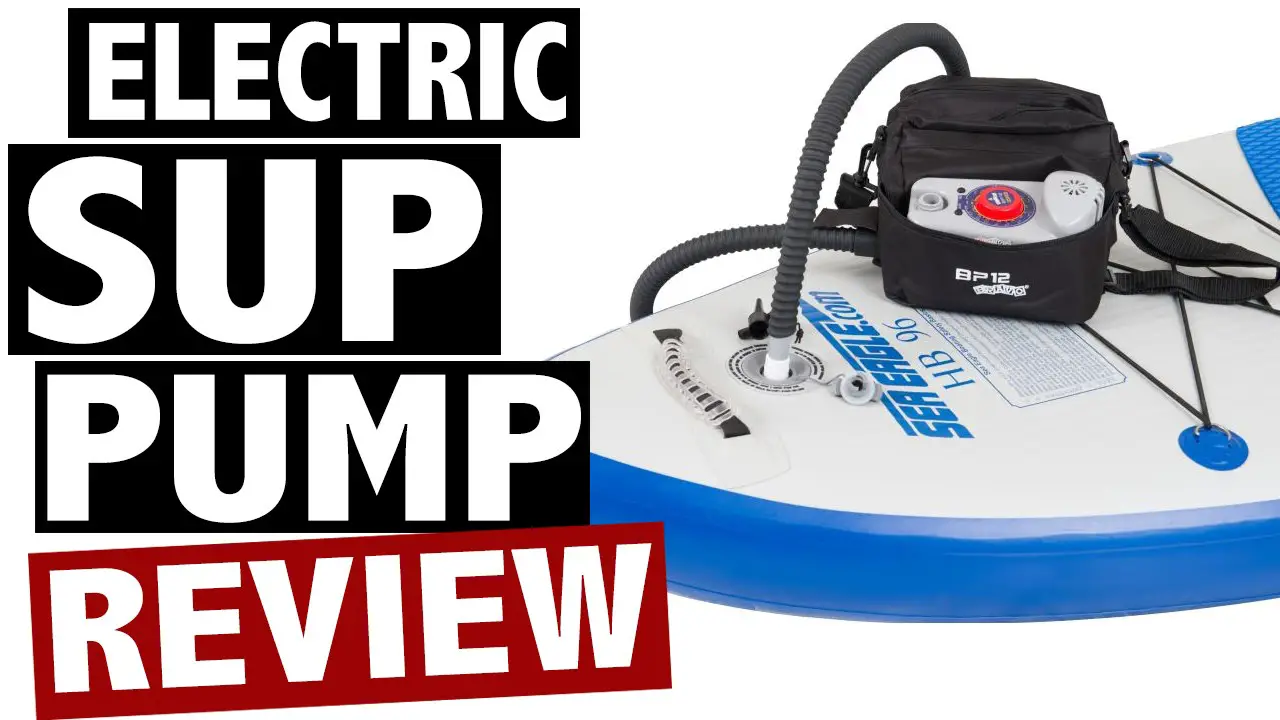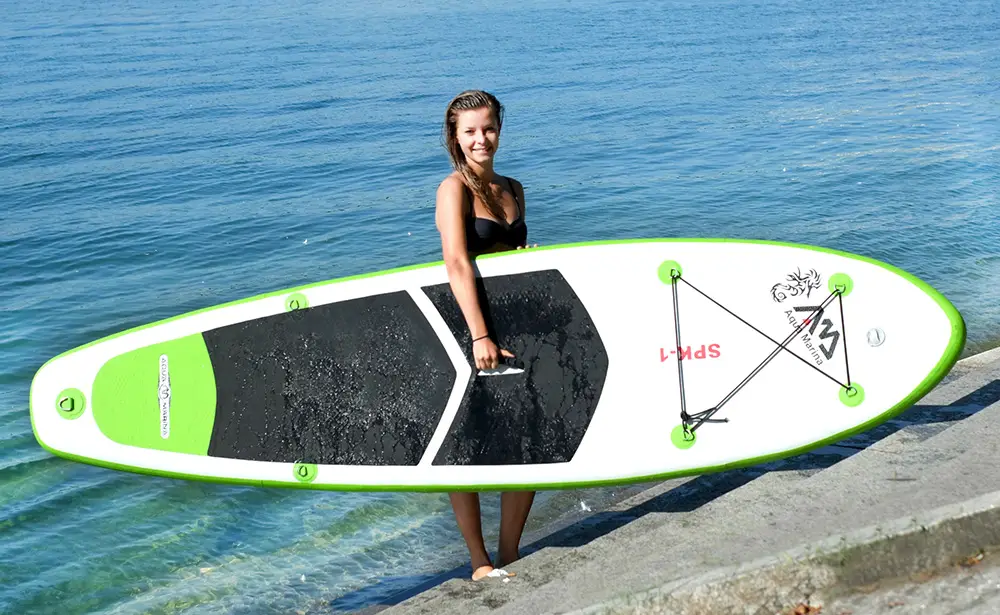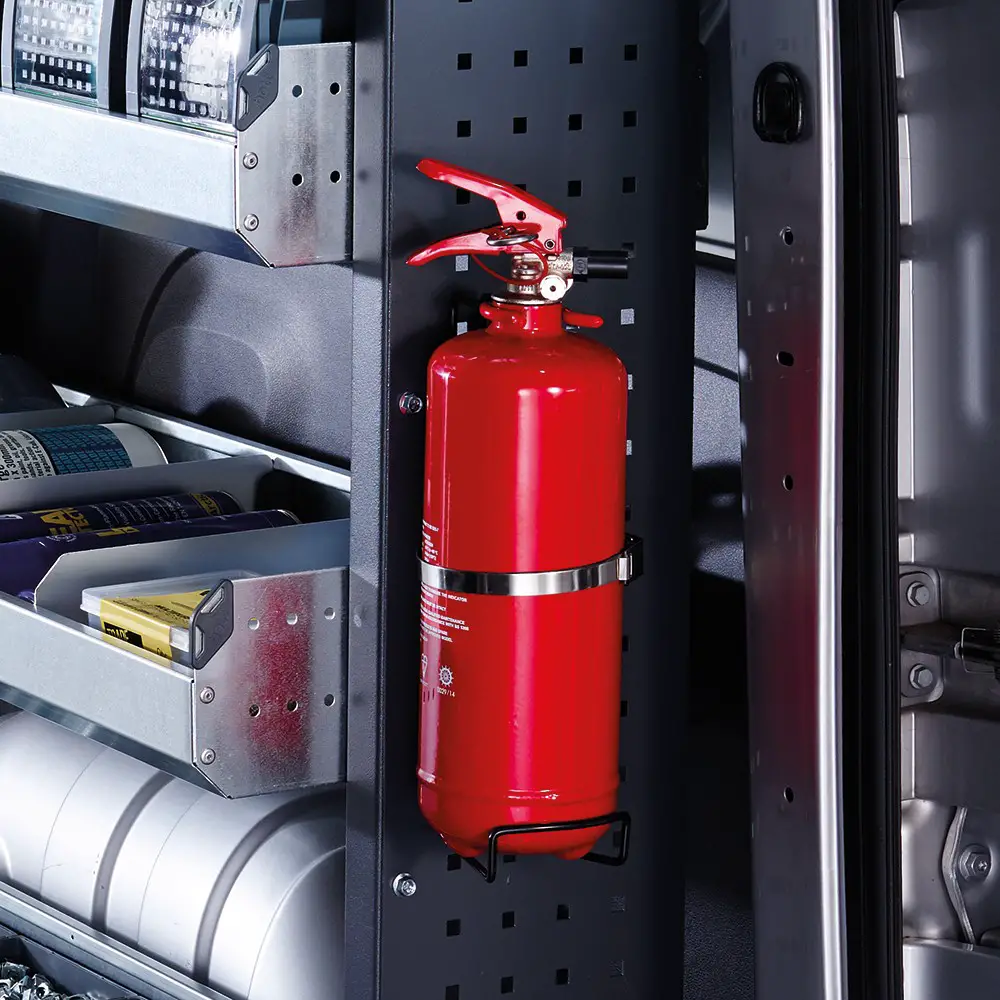Archery For Beginners: What You Need To Get Started
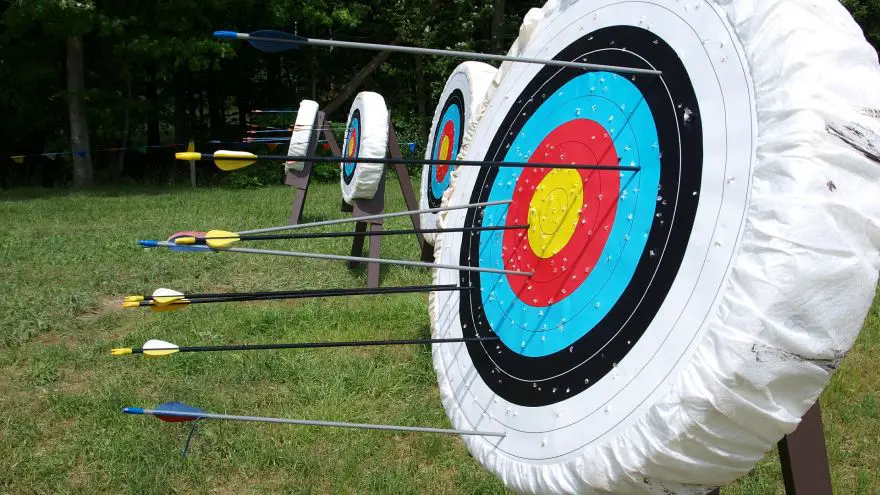 Archery For Beginners: What You Need To Get Started
thegearhunt.com
Archery For Beginners: What You Need To Get Started
thegearhunt.com
Archery is one of those sports that if you’re into it, you’re really into it! And if you are just getting started, you’re probably realizing by now, there’s a little more to it than simply picking up a bow, drawing back, and loosing a few arrows downrange. Bows alone have a lot going on these days. And the list of accessories and addons… well that’s a long one.
If you’re just getting started, and at the “searching for the right gear” stage, ask yourself some of these questions before running out to pick up a bunch of stuff that you might not really need.
Are Accessories Important?
Modern bow technology is incredible but on a year to year basis, bows don’t change that much. Consider spending more money on your sights, stabilizers, quivers, releases, and other parts that can be transferred between bows. Most bows follow similar mounting points and styles for accessories, making these accessories interchangeable to their bows. These parts will last a long time and can be a larger cost most people don’t anticipate. Look to buy a bow that fits your budget afterwards.
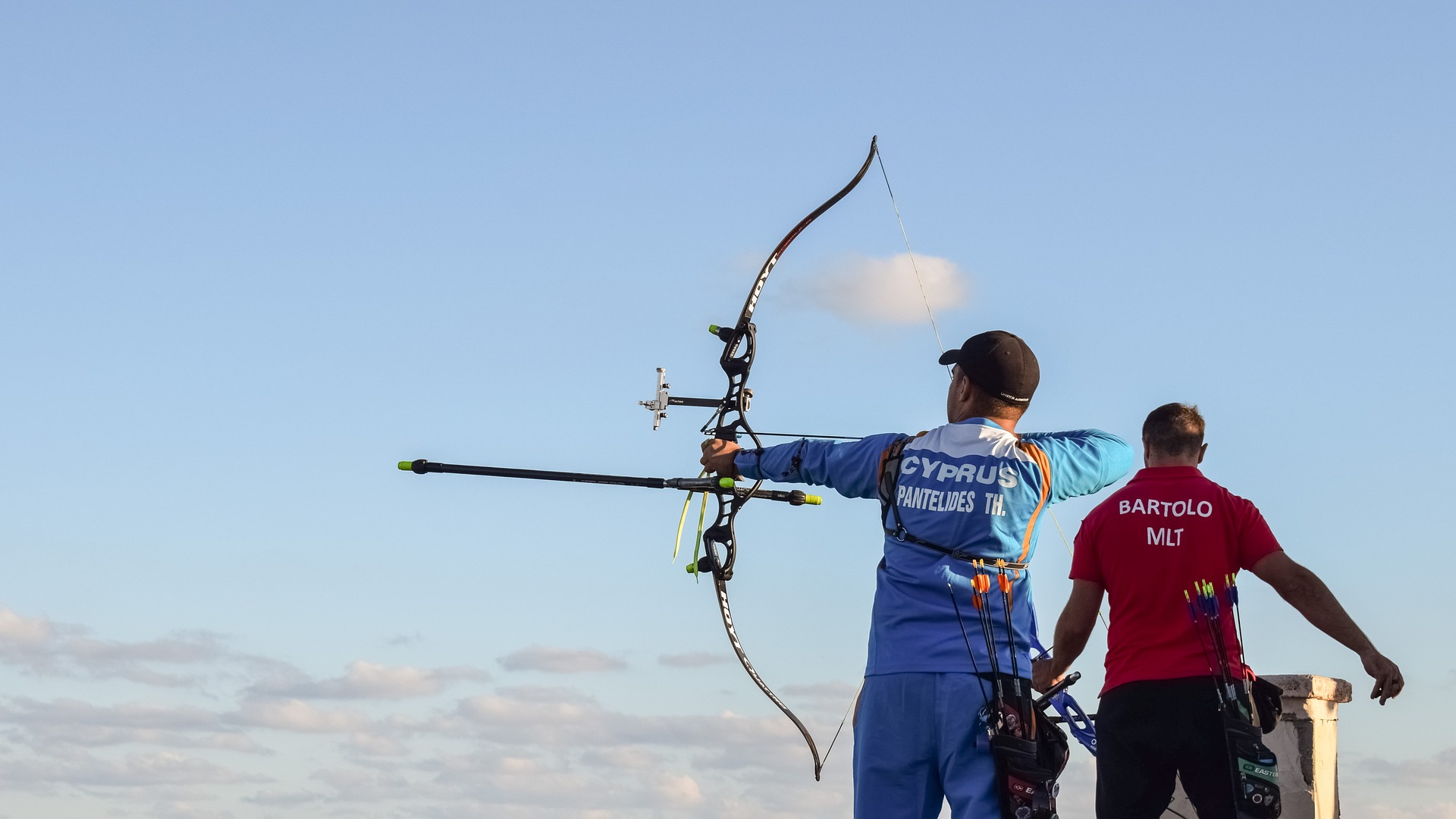
A bow from 2021 won’t have considerable differences from a bow from 2019 or 2018, aside from the price tag. Archery has a high startup cost so it can be important to put your money into the parts that will last you a long time and can be reused as you learn more about your preferences. Some common accessories you will need is an arrow rest, sight, peep sight, bow case, stabilizer, and quiver. Arrows will also be needed, however these may need to be updated between bows as arrows need to be built specific to their purpose.
Which Bow is Best For a Beginner?
- The archery market is saturated with bow manufacturers. Between Hoyt, Mathews, Diamond, Bowtech, Prime, Bear, PSE etc. the options can be endless. When picking a bow, try to find a local shop that has a large selection available and will let you test shoot different bows. This can help you get a feel for what truly works best for you and what will fit you the best. Buying a more expensive bow or a more common bow may not be the best option for you if it doesn’t fit you well.
- Try to understand what you want to use the bow for mostly. If you want to primarily hunt, a hunting bow can vary in size depending on how and where you hunt. People who hunt in tight spaces like hunting blinds or tree stands may opt for a smaller bow while people who hunt in larger open areas like the western United States may choose a larger bow that is easier to shoot.
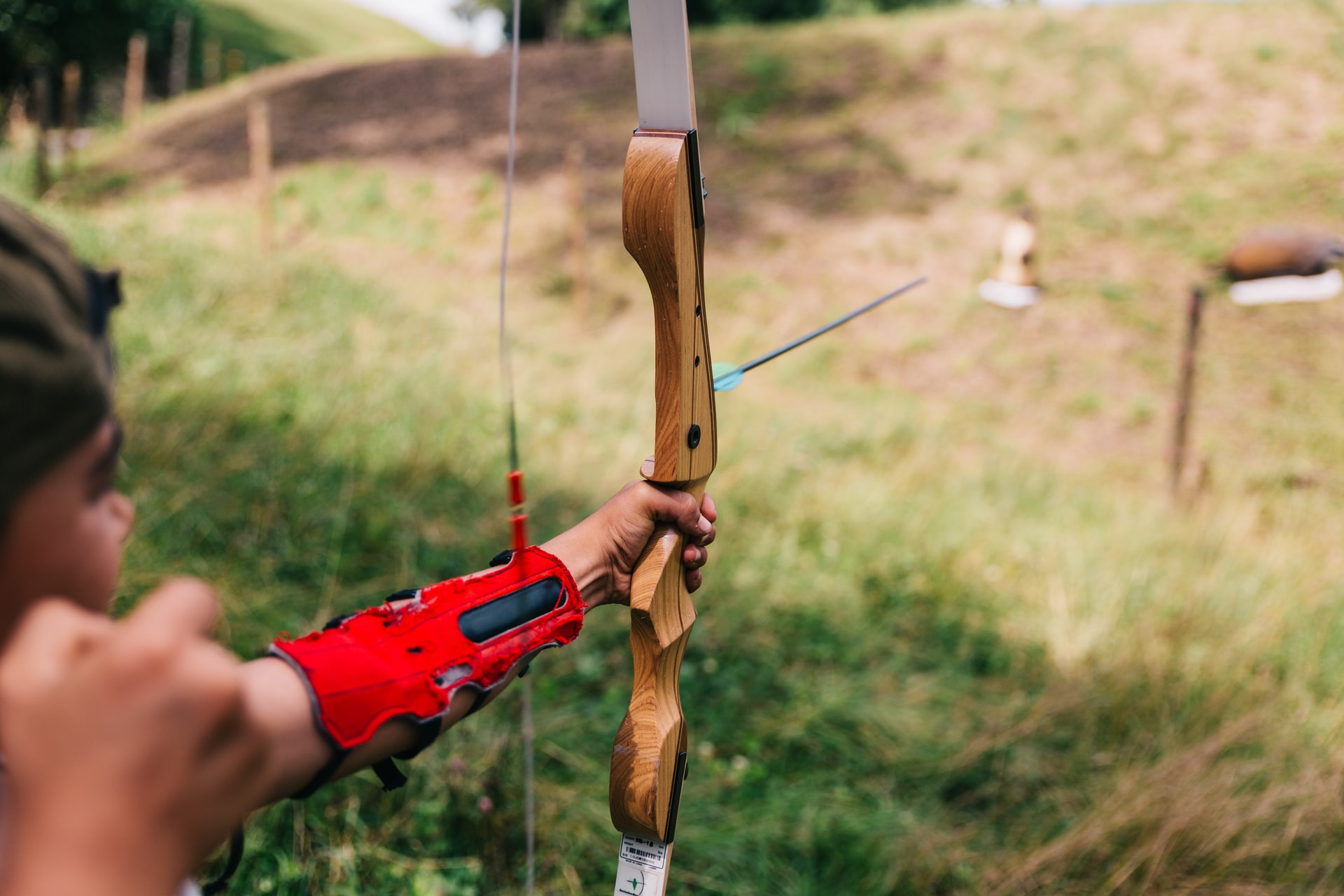
These factors can contribute to how enjoyable shooting your bow can be and the limitations of your equipment. Common things to pay attention to when choosing a bow is peak draw weight, draw length range, axel to axel length, and brace height. Draw weight and length are mostly around fit and comfort with your bow, while axel to axel size and brace height largely have an effect on the stability of the bow when shooting.
Try researching these areas to narrow down different bow models from multiple manufacturers that fit your needs. Once you’ve narrowed down a good list of bows, you can find a shop that has those models in stock for you to compare and shoot. If cost is a concern, lots of bow shops have used selections or previous year models they were unable to sell, this is a great way to find a modern bow at an affordable price. If you choose to purchase a used bow second hand, make sure to take it into a bow shop or bow technician so they can inspect it. Unfortunately bows are not immune to mechanical issues and serious issues can result in an injury.
What Bow Setup Works Best?
Archery is an individual sport, what works for someone else may not work for you. Physically and mentally, every archer is different. Between releases, single pin vs multi pin sites, pin colors, peep sight size, stabilizer weights etc. the amount of customization that is available in archery is mind boggling. Starting out can be difficult because the amount of options can be overwhelming. Getting recommendations from a local bow shop will also help you narrow down options and help get a setup that fits you and your bow best.
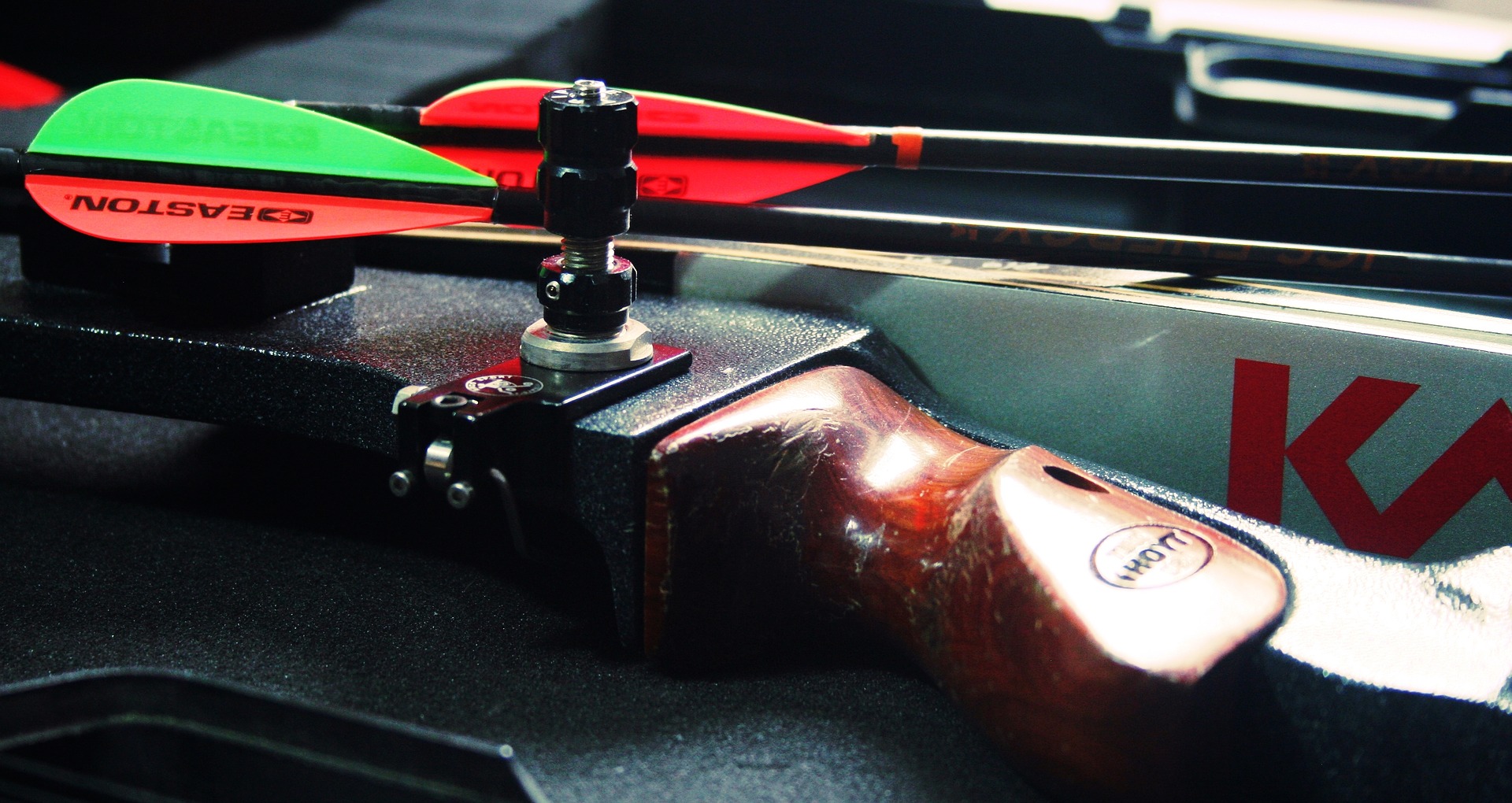
Most bow shops are incredibly helpful and offer tuning and even free time on their range when purchasing through them. A bow shop can help make sure that the arrows you are purchasing are the correct length, weight, and stiffness (otherwise known as spine) for your bow. Getting the basics down of your setup will help you make sure your bow is shooting well before getting into personal preferences in your equipment.
Have You Considered Joining an Archery League?
If available, join a club or a league. Most local bow shops have seasonal leagues and sometimes there are private clubs in your area that give you access to ranges and put you around other passionate archers. Joining a league or a club is one of the best ways to consistently shoot, but also have an environment that lets you learn more and improve your shooting every time.
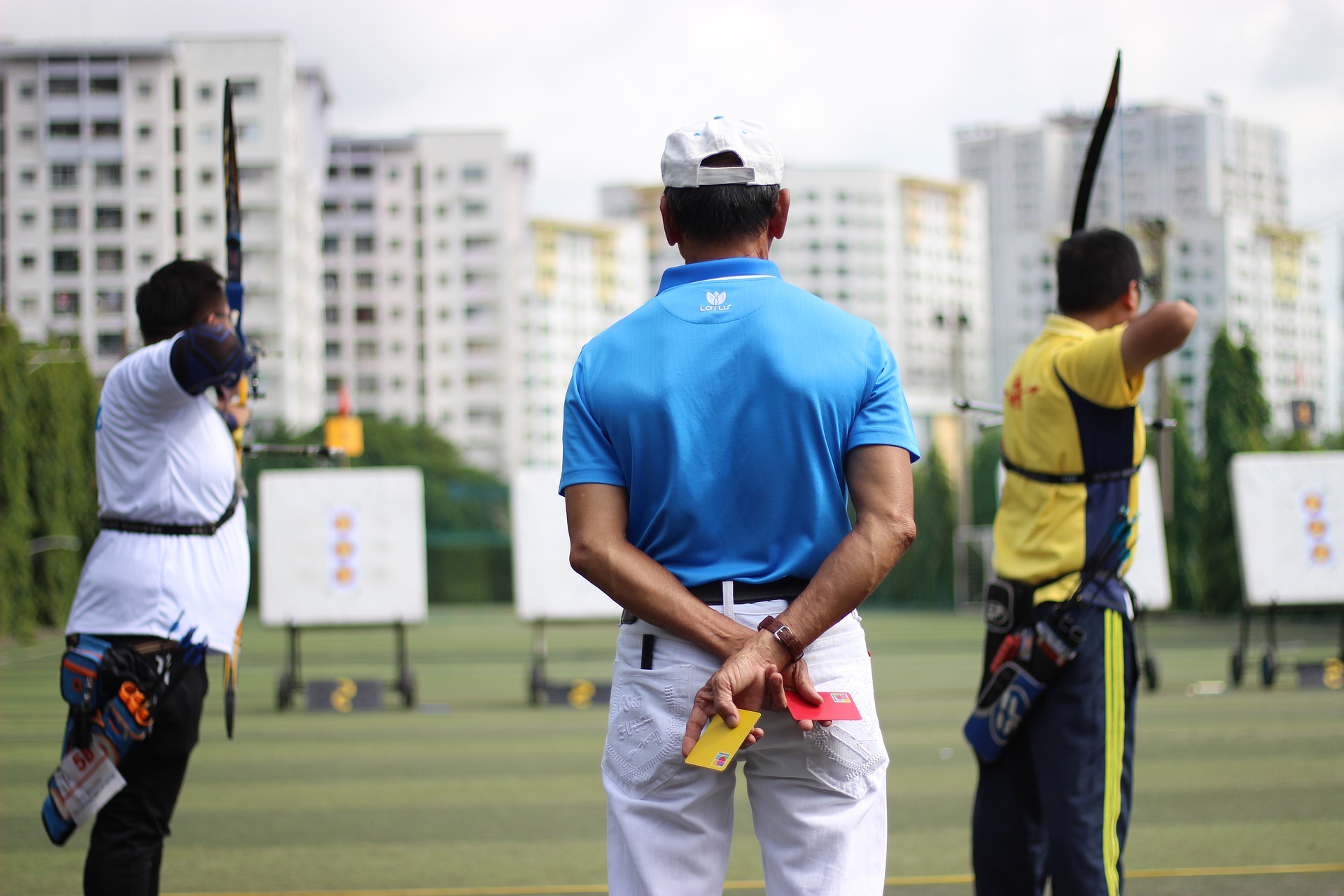
Shooting consistently will help you get more comfortable with your bow and being around others shooting will provide an opportunity to improve your form. It also may provide you with an opportunity to try a new accessory someone has that you’ve been eyeing up. At the end of the day, a little friendly competition in a league can help in improving your archery skills as well.
How Do I Develop Proper Form?
The internet today has tons of resources and information available to you and using those resources to learn archery is a cheap and easy way to get started. Learning proper form will help you shoot more accurately, but most importantly will prevent injury. Shoulder issues can happen easily from shooting improperly or using equipment that isn’t fitting you well. Shooting a proper poundage, with the correct draw length, and drawing a bow with your back are just some of the few important tips that are crucial to your success and health.
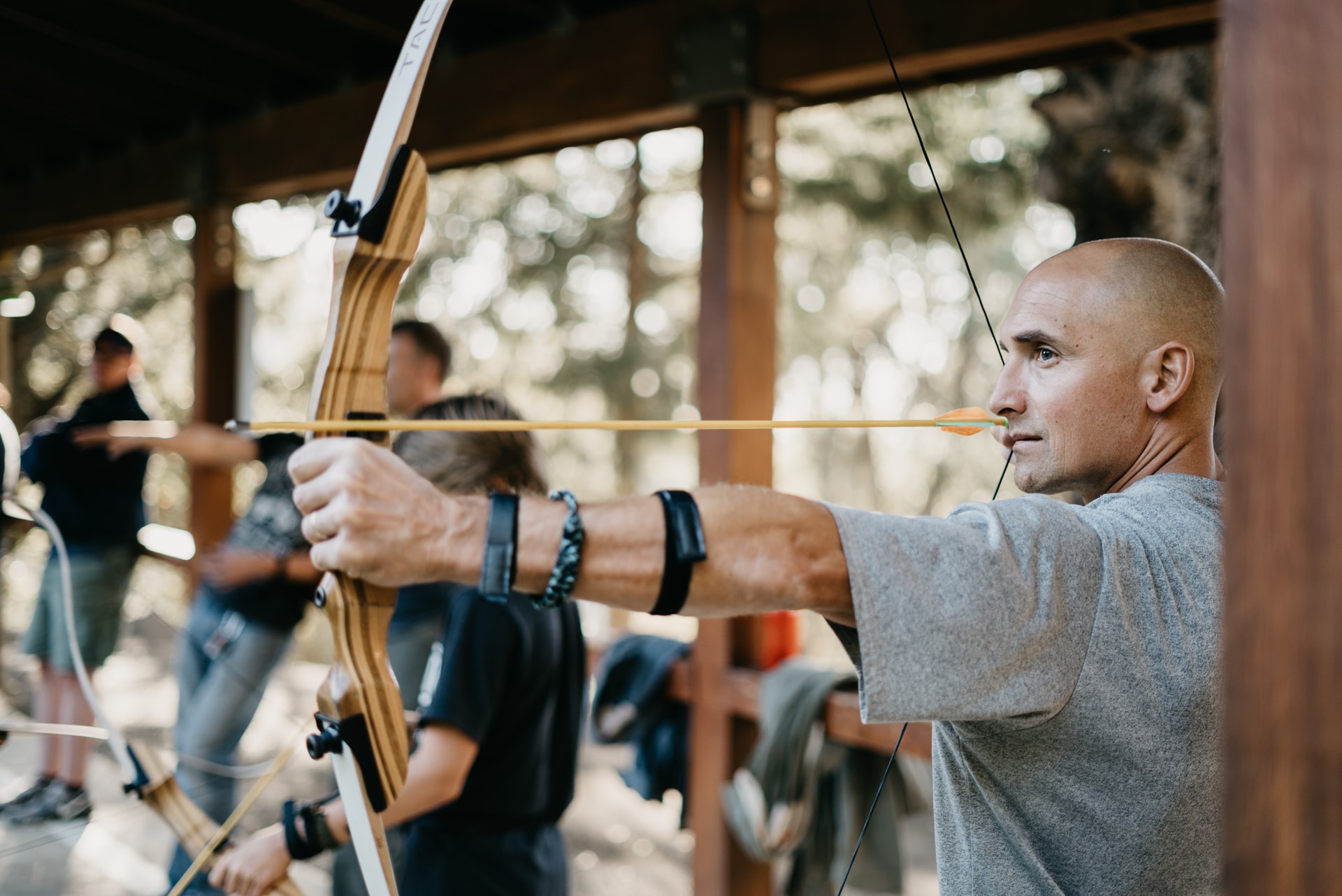
There tends to be a lot of desire to draw high poundage bows in order to maximize speed and energy in the arrow, but in reality a bow with 70lbs of draw weight from 10 years ago is much slower than the same of today’s bows. High draw weights are one of the largest factors contributing to injury and poor form. Modern bows are more efficient and can output high amounts of energy into an arrow at lower draw weights. Achieving a bow setup that can work for your purpose can be easier than before.
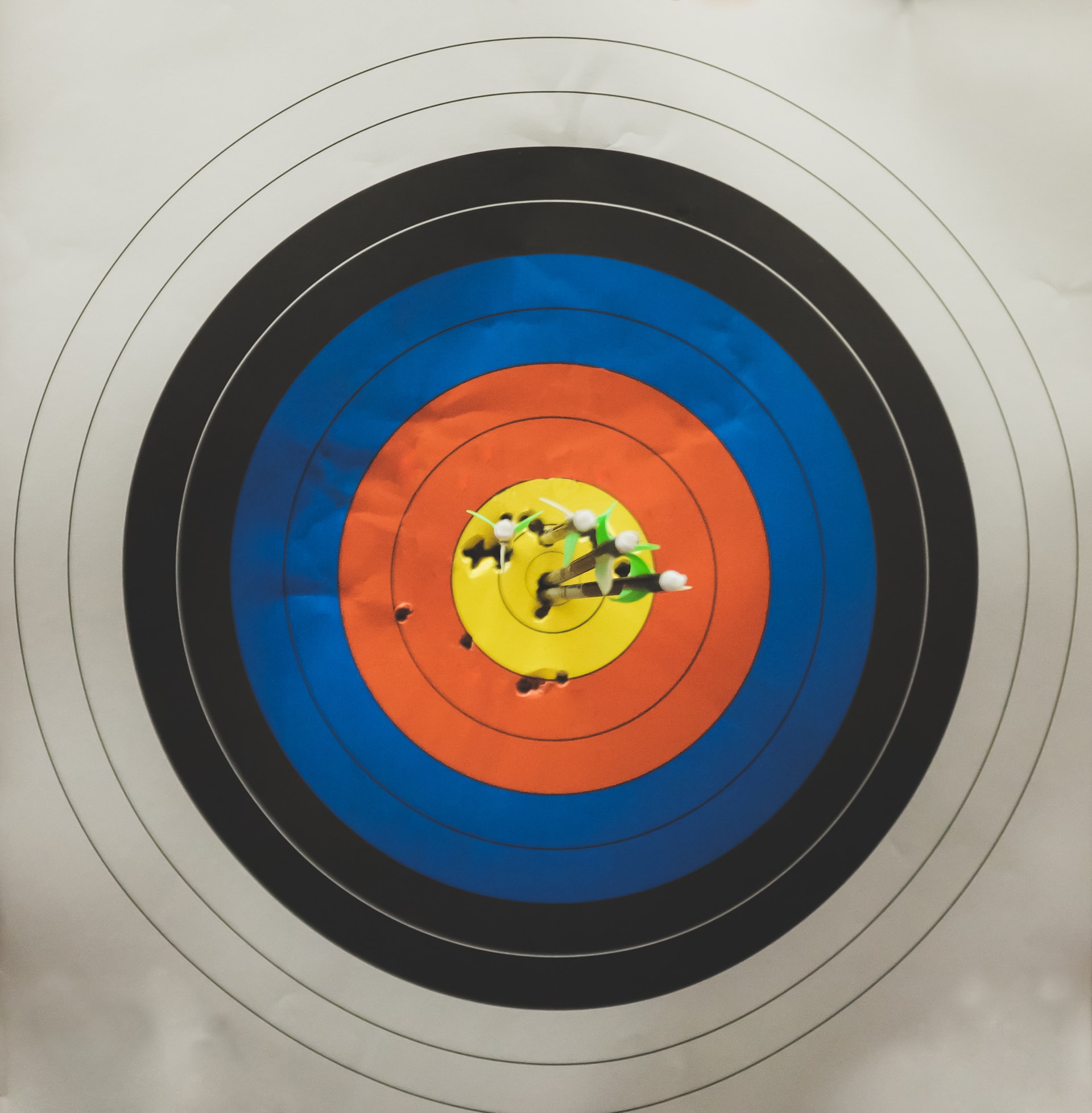
I could go on and on, but these are a few things to prioritize to get started. If you’re serious about picking up archery for the long haul, jump online and do some research. Search questions that are more specific to you, as the answers are probably out there, and not super difficult to find, in many cases. There are a lot of people out there who are also into archery, and many love sharing their experience on boards, blogs, and more.





